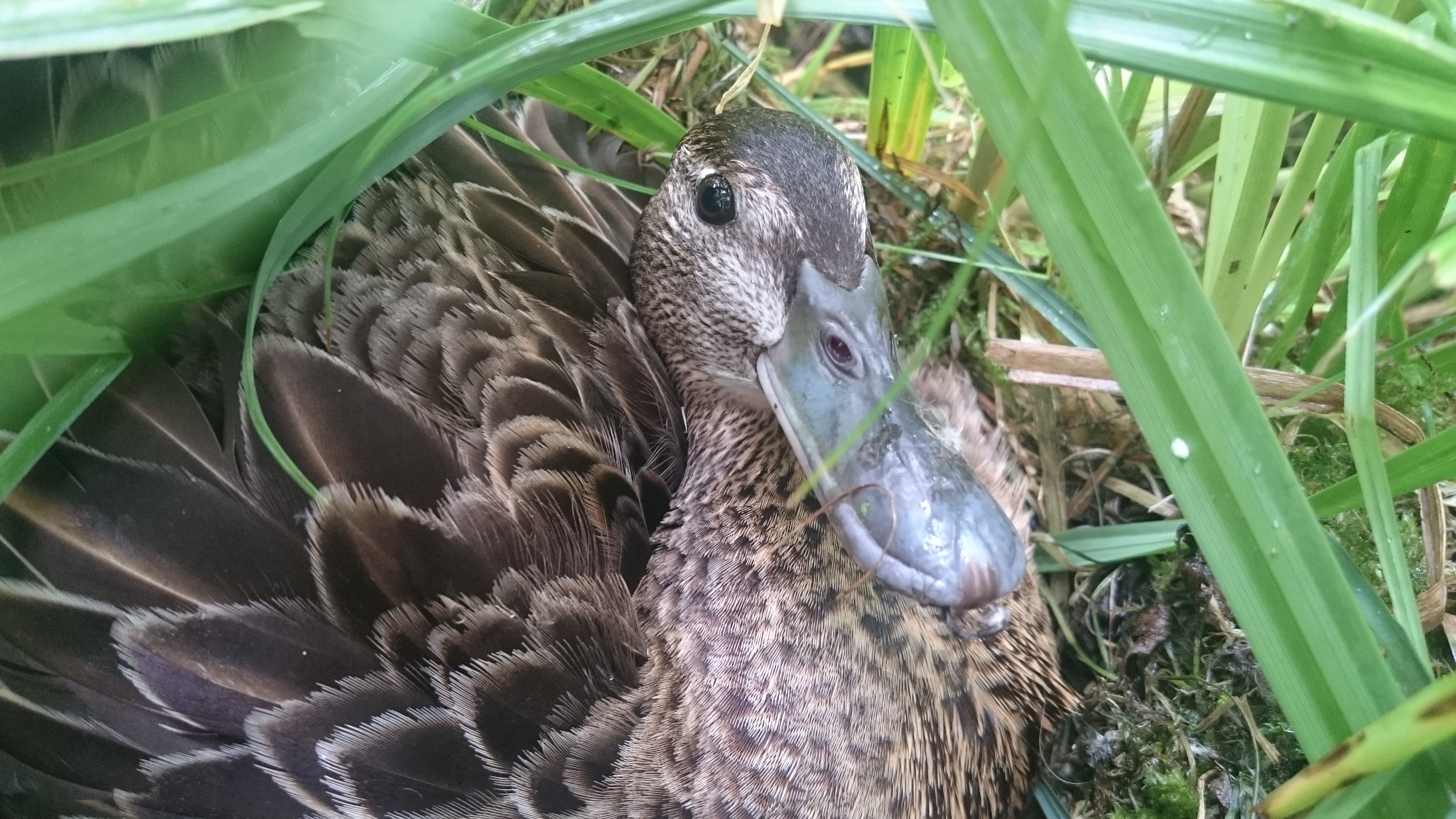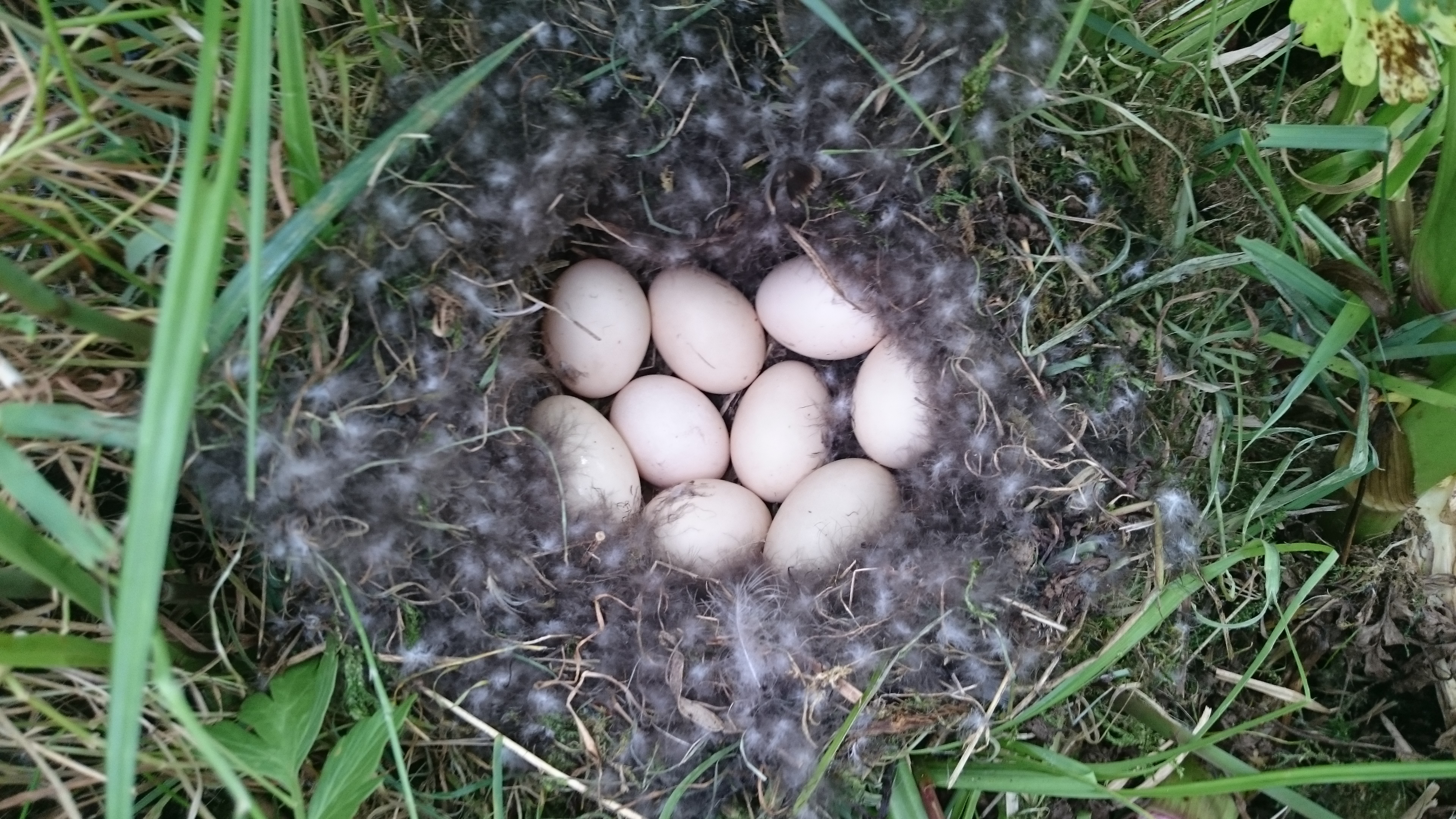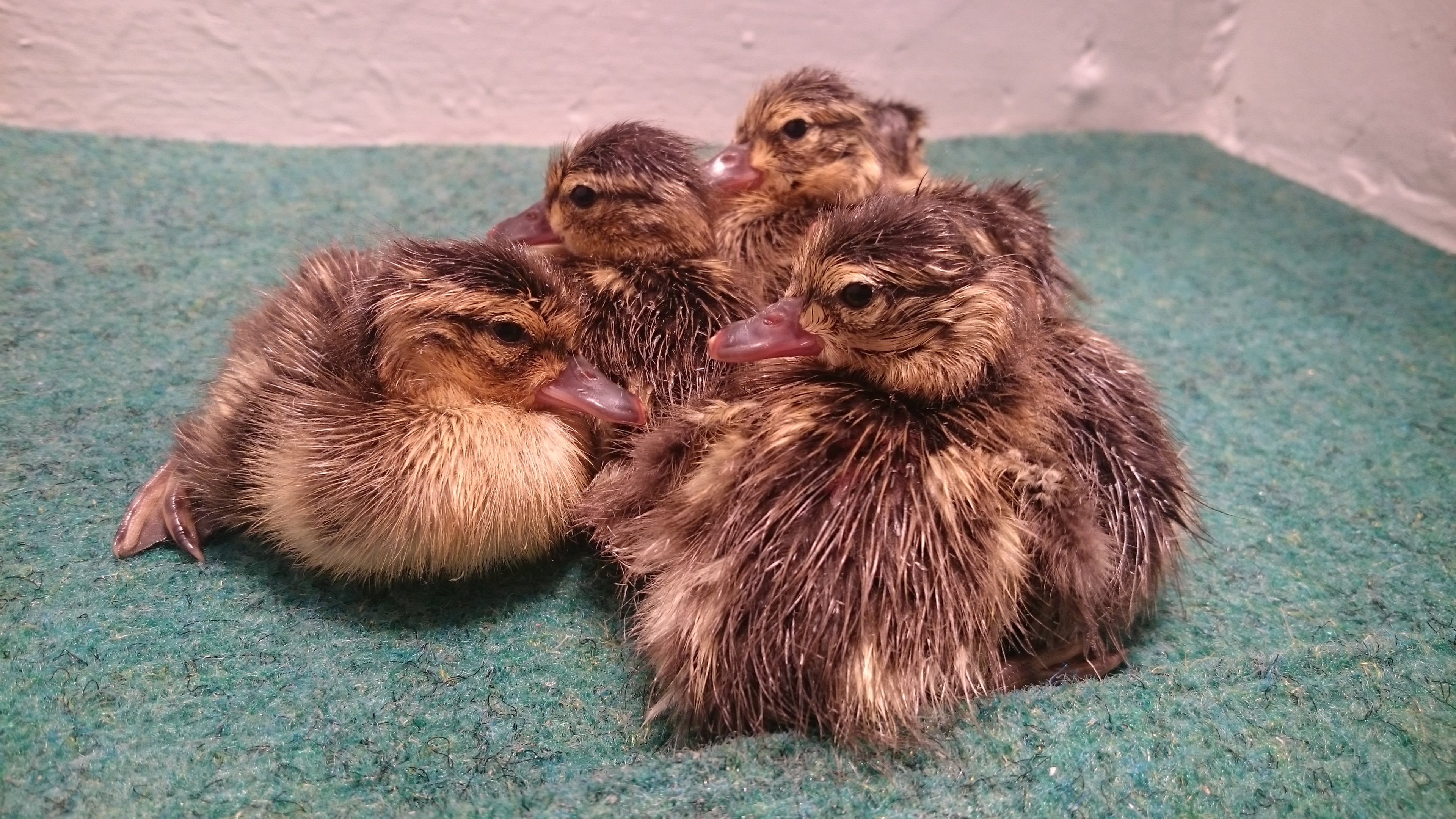Cinnamon teal; a new breeding experience.
Just look at this beautiful bird! This is a female cinnamon teal, a stunning little American duck that breeds in the Northern states and overwinters in south America and the Caribbean. They are believed to have 5 subspecies, and their range overlaps with the blue-winged teal and hybrids do occur. They can also hybridise with shoveler species, showing the close relationship to all the other species in the genus Anas. Female cinnamon can be hard to tell apart from the blue-wing, except the cinnamon has a much larger beak. This is not helped by the relatively ill-observed variety of subspecies which tend not to be well defined in captivity.
I've been thrilled in recent weeks to observe the first breeding of a pair of cinnamon teal in our breeding aviaries. They're one of a small list in our living collection that I have never personally had a chance to work with before. We've previously placed pairs in aviaries to no avail, but as you can see; this year has been different.

Teal can be very difficult parents to manage due to their natural fight or flight mechanisms. Unfortunately they often need management because their egg shells are so thin that an infertile or addled egg can spell disaster. Many of the non-native teal can make their nests too moist with our local greenery which can impede the growth of the embryo. Very quickly we can pick up on the behaviours of our breeding pairs in order to predict how well they will take to nest management. I was very pleased to find that this female chose aggression; a sure fire way to predict maximum effort!
Her nest was beautiful. Intricately woven with sedge and then a delicate combination of moss and down. The whole thing was like an egg cocoon; high enough to avoid moisture, sheltered enough to avoid rain, dense enough to avoid wind damage, warm enough to ward off cold nights. On the 12th day of incubation I checked her eggs for fertility. Every single egg was fertile, and so I decided to leave her to it!

Upon egg collection, her ducklings all hatched within 8 hours. This is a very valuable clutch for our future collection. You will have heard me write before on our responsibility to continue our genetic lines. I personally feel that we owe it to captive living collections to continue to breed and share the minimal genetic lines available to us. This little brood may well help to keep this sweet species healthy and secure for many generations to come.
They're gorgeous. It takes many years to know quality when you see it. The egg shape, development, airspace size, hatching rapidity, cleanliness of the inner eggshell, first poop, all perfect. Within a day their egg teeth had dropped off and they were happily hoovering crumb, all growing at the same rate.

I'm so thrilled to see these little ducklings every day, and I can't wait to see them grow and mature. There will be so many things to discover and observe. I'm really interested to see how early on they become sexually dimorphic, and how they show it. I can't wait to see how fast they grow either, because they could follow the route of most fast-growing Anas species, or other slow-growing southern hemisphere species...
I love a chance to experience something new, and these little babes are really looking like something to be proud of!

